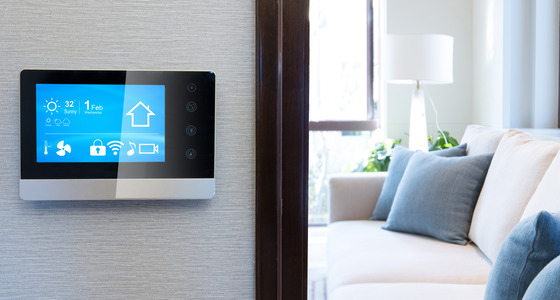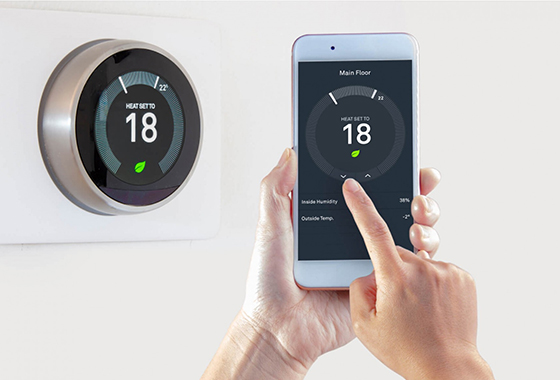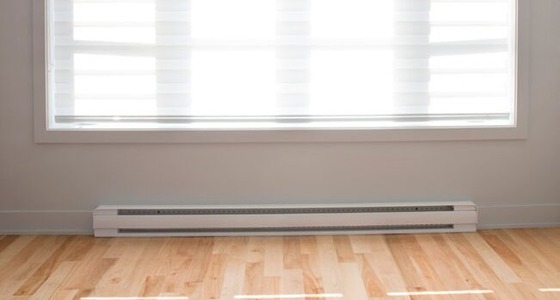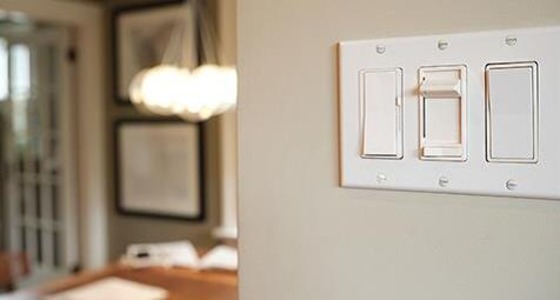- 1x line voltage smart thermostat = $139 + tax
- Average annual cost of running baseboard heaters for 12 hours a day in a 1,000 square foot apartment = $2,050
- Estimated annual savings of 5% = $102.50
- Estimated annual savings of 5% x 2 years = $205
- $205 minus the cost of the smart thermostat ($139) = $66
Obviously, this is just an estimate and your own savings will depend on a variety of factors, but it shows that it's possible to recoup your investment in just two years.




